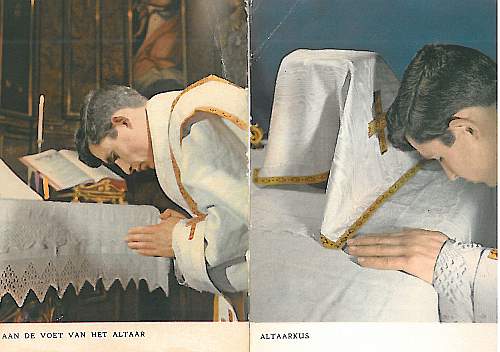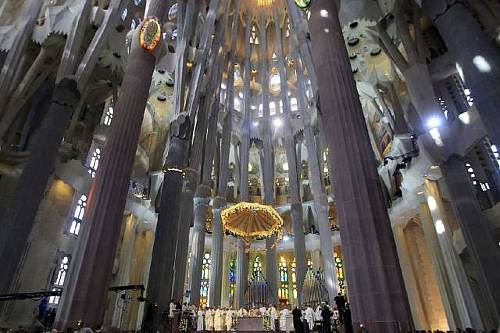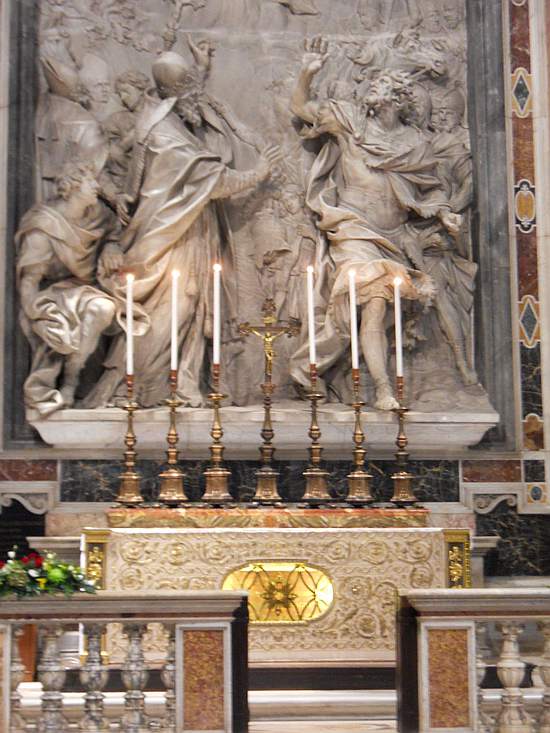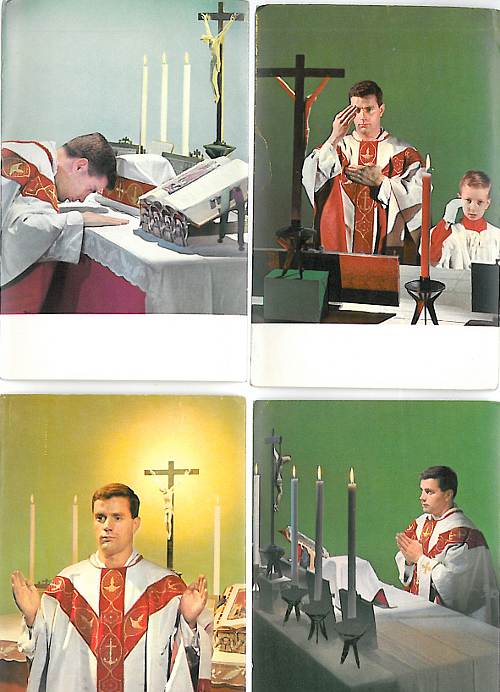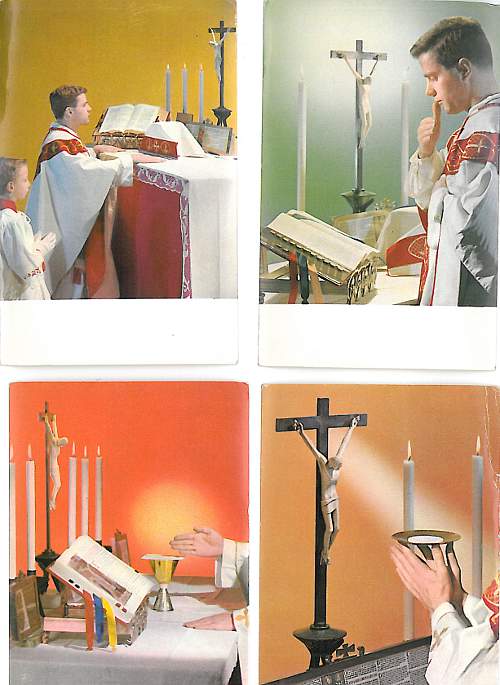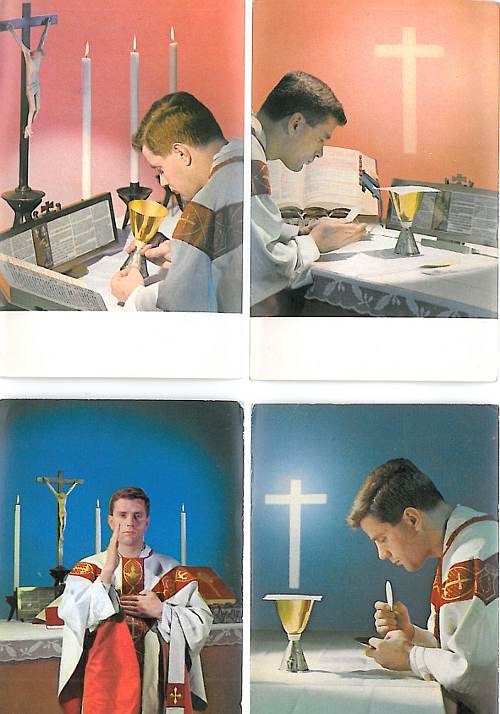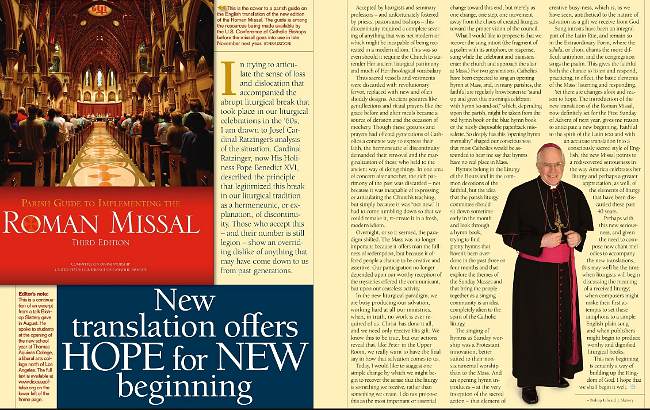Hvor vennlig blir protestanter mottatt i Den katolske Kirke?
Den engelske teologen (og tidligere anglikaner), Dr. William Oddie, skrev i The Catholic Herald nylig om hvordan anglikanerne som nå konverterer kan regne med å bli mottat i Den katolske Kirke. Godt i Kirken som helhet, håper han og regner han med, men ikke så greit blant engelske biskoper og prester:
… We have in fact seen all this before, in the case of two parishes in the Anglican diocese of London and Catholic Archdiocese of Westminster. Until they were without notice brutally closed down, these Anglican convert parishes existed successfully for around two years in the early 90s, in the aftermath of the C of E’s original decision to ordain women; both stayed happily in their original church buildings.
The suddenness of – and total lack of consultation surrounding – the Archdiocese of Westminster’s suppression of these convert parishes was scandalous; it is a precedent, indeed, which does something to explain why the potential Anglican converts do not wish, this time, to be under the direct authority of the English hierarchy. They do not trust our bishops; and I do not blame them.
One of these parishes in particular, St Stephen’s, Gloucester Road, was pastorally immensely successful. Relations between the two congregations using the building were excellent. The new Catholic parish grew to over twice its original size; in the end, only about one third were members of the original parish. It had become an accessible way into the Church, not only for former Anglicans, but for lapsed Catholics to return.
I believe that this model could become normal; and my confidence that the Ordinariate will be an immensely fertile and creative pastoral enrichment of the life of the Church in this country is not based only on wishful thinking. It has happened before. And I am sure it will happen again, many times. The convert Anglicans have a great deal to learn, of course; that goes without saying. But they also have a great deal to teach. …

